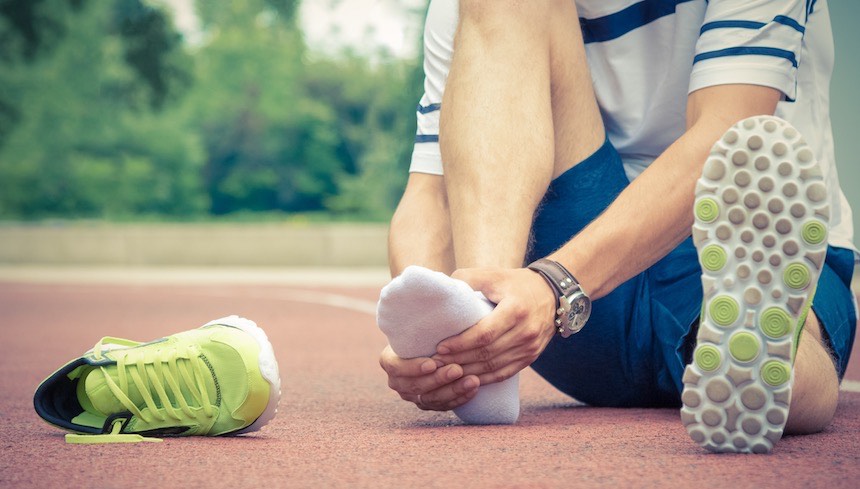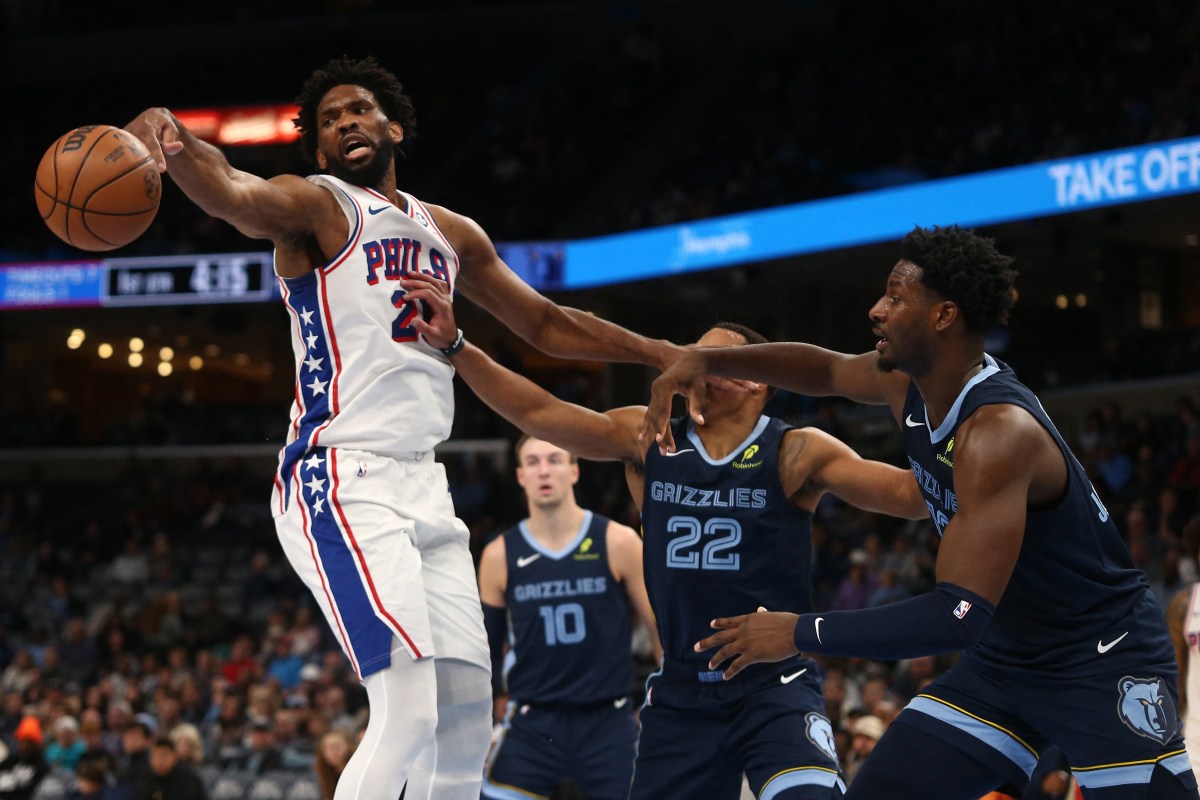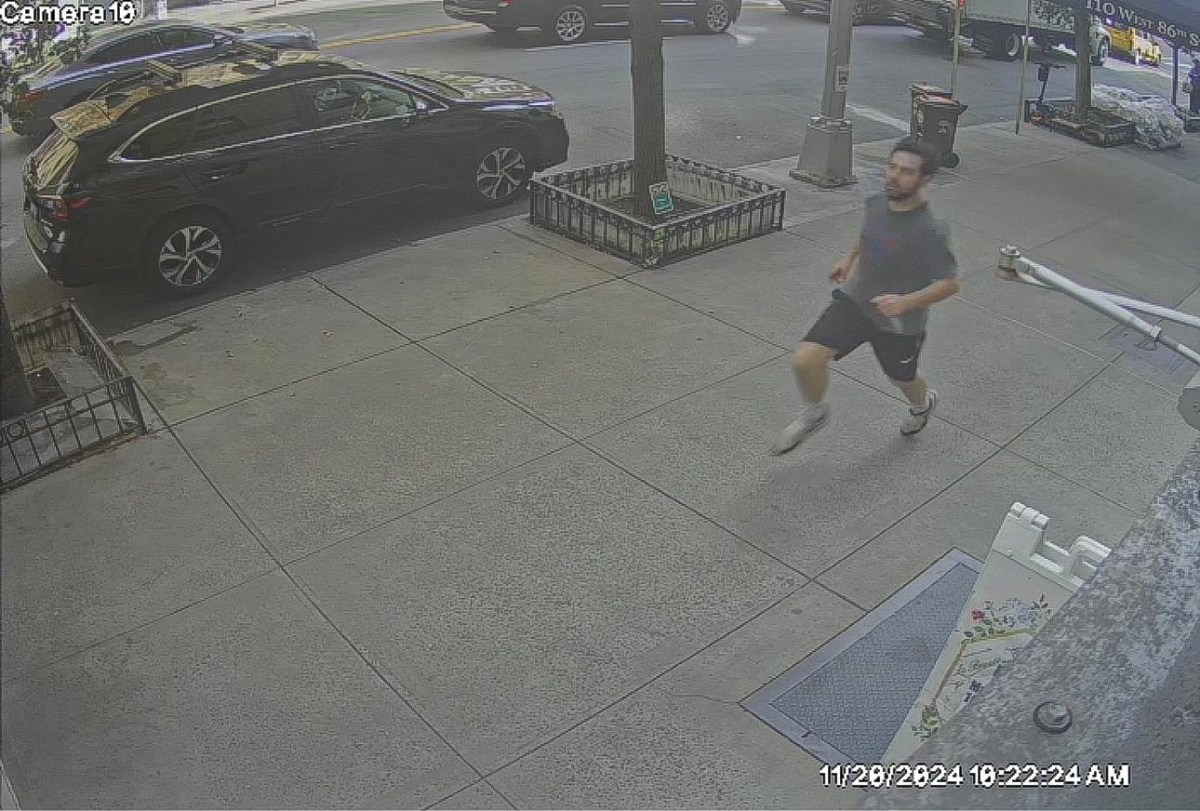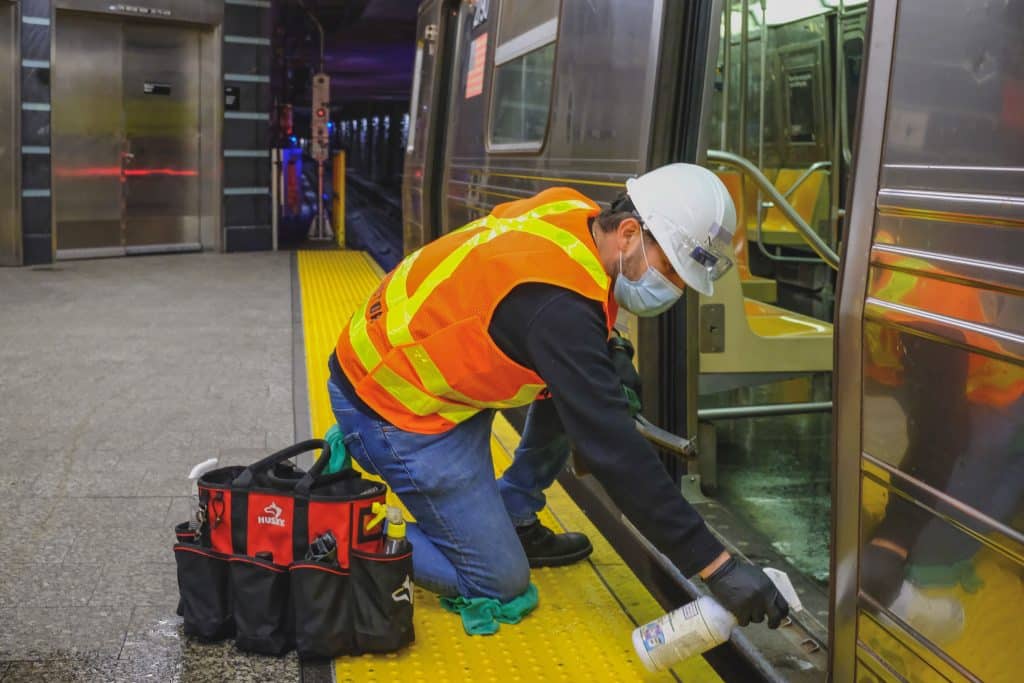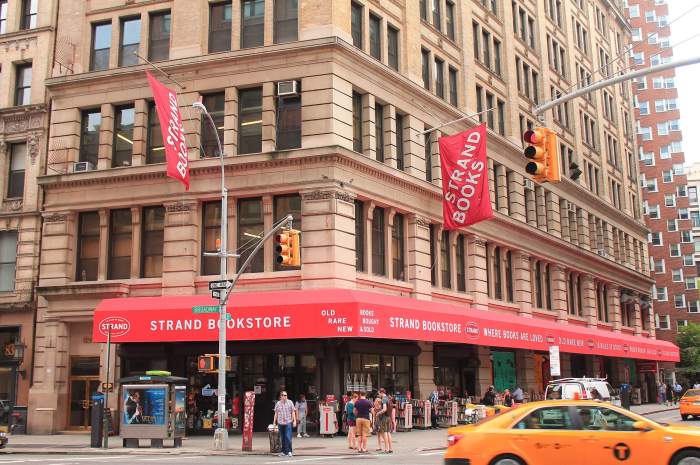Spending all day on her feet takes a toll on Rachele Pojednic. But the Flywheel Instructor and Assistant Professor at Simmons College in Boston has a simple tool to combat foot pain: a small, dense, bouncy ball she bought for 25 cents out of the grocery store’s vending machine.
“I place the ball under the part of my foot where I feel the pain, applying a bit of my weight. Then I close my eyes, be still and breath,” says Pojednic. “This is actually a great overall restorative tool because the release in your feet can lead to relaxation in other parts of your body as well.”
But it’s not just athletes who run and bike hundreds of miles that develop chronic foot pain. “My feet hurt” is one of the most common complaints at the end of a long day, whether it’s from uncomfortable shoes, or constant pounding on your feet while working out. Dr. Susan Wexler, a podiatrist in Malden, Mass., says the most common issues patients come to her with are ingrown toenails, warts, foot infections, and Plantar Fasciitis, better known as heel pain caused by stress on the tissues that runs from the heel to the base of the foot.
“The best thing they can do is wear an arch support, and good quality sneakers,” says Wexler. Beyond daily stretches and exercises you can implement to alleviate symptoms, “the best long term treatment for Plantar Fasciitis — the gold standard — is custom made arch support orthotics.”
With so many complaints about foot pain these days, footwear companies are becoming even more savvy when it comes to keeping comfort in mind while designing their products. Sally Murphy, Senior Director of Women’s Design at Rockport, says that the summer is particularly bad season for foot pain, because people tend to wear flatter, less supportive footwear.
“We suggest wearing a shoe or sandal that has an anatomic footbed with a molded heel seat which offers support,” says Murphy. “We also suggest a sole that is firm and offers significant stability and support.”
The “recovery footwear” industry is taking foot health a step further. OOFOS shoes use specialized “OOfoam” to absorb and disperse impact 37 percent more than traditional footwear. They cradle the foot’s arch and relieve pressure on the ankles, knees, hips and lower back.
“When you look at the main ankle joint surface, the area is extremely small as well — roughly one inch — significantly smaller than your body size,” says Dan Dyrek, a spokesperson for OOFOS. “This sets up most people for the common risk of foot injuries due to overload.”

